The last season of “House of Cards” was a bit shit, if I’m being honest.
And still, I watched.
The main plot premise, (spoiler alert,) was that the Republican nominee for President was working with a social media network to mine and scrape their data, so he could micro-target and manipulate people into voting for him.
(Pause.)
I swear. I’m not making this up. Those guys wrote it, and of course it seems to have actually happened.
In reality.
To counter this, the crooked President, Frank Underwood, played by Kevin Spacey, used NSA software to do some data mining of his own, so he could counter their highly-unethical program.
Kevin Spacey’s performance was probably what kept me glued to the TV for 5 seasons of binge-watching. He’s the kind of actor that everyone loved to watch, for years, as he brought a powerful intelligence to his roles, dating back to his brilliant performance as Keyzer Söze.
The master-manipulator-criminal-genius.
In “House of Cards,” of course, he murdered, cheated, lied, and was also secretly gay. He played a sociopath with such conviction, it was almost as if he were plumbing the depths of his own psyche.
In reality.
Of course, now we all know that’s true. According to multiple news reports, which came out in the early part of the #MeToo movement, Kevin Spacey is a lying, raping, pedophile.
He appears to be an actual sociopath.
In reality.
And now we’ll never know how Frank Underwood was meant to meet his fate, as Spacey was rightly fired from his job quicker than DJT can make it through a single Big Mac. (Shout out to Dave Chapelle, as his Kevin Spacey joke in one of his new Netflix specials was much better than anything I can come up with.)
To be clear, I’m not suggesting we should all tread lightly, each and every day, lest we find our friends and loved ones are secretly awful.
Rather, my point is that people are far messier and more complex than we’d like to believe, and each and every one of us has a shadow. (Shout out to Carl Jung.)
In Kevin Spacey’s case, it seems he was able to channel his charismatic-evil, believably, into some of his roles. But for the rest of us, the dark parts of our psyche are there, and those of us that admit it, and shine a little light down into the basement from time to time, seem to be a tad healthier than those who deny their demons.
And that’s just talking about those of us who consider ourselves sane. Once brain chemistries get shaken around, or life circumstances get too difficult, or we were simply born with faulty genetics, mental illness can change the game entirely.
Just the other day, I was telling a new Taos resident that our town is famous for having a super-high incidence of mental illness. As a Wild West enclave for outlaws and weirdos, it’s always been a draw for those that have a hard time with conventional society.
There’s even a part of Taos County, dubbed “The Mesa,” that is essentially lawless, and has an extremely high proportion of mentally ill people living together, miles from everyone else.
People disappear out there all the time.
But mental illness, according to some, is really a construction, as who is anyone to judge what’s “normal” and what’s not?
What if the darkness was really the light?
My longtime readers, (Hi Dad, Hi Rob,) might rightly remember that phrase from my extensive interview with Roger Ballen back in 2013. He’s an American-born, South Africa-based photographer and artist renown for skulking the depths of the nastiest corners of the human condition.
(Sorry, Joel-Peter Witkin, but I think Roger has surpassed you as the King of the creepily surreal.)
It’s a great interview, IMO, as he had some pretty interesting things to say, and decades of experience to back it up. We stayed in touch, tangentially, and I felt fortunate when he offered me a copy of “Ballenesque: roger ballen: a retrospective,” his new career-spanning tome recently released by Thames & Hudson.
First off, as Roger Ballen has always preferred books to exhibitions, due to their permanence, he’s published a lot of them in his career. If you already have one, or some, you might not need this one.
It’s big, and bold, and includes a long-running, diaristic statement by the artist, that’s broken up through the chapters. If you’re a serious fan, I’d say this book is a must-purchase. And if you’re new to his work, and dig the style, which now has its own adjective, (hence the title,) then I’d say you should buy this one too.
Though I was familiar with many of the images in the book, there were some genuine surprises, like the few fashion photos he made for the New York Times, of the actress Selma Blair, in 2005. Whoever had the idea to take a slim, Hollywood It Girl and put her through these paces should be fired.
Not surprisingly, Roger admits he was not offered another fashion gig thereafter.
But he’s done music videos, like Die Antwood’s amazing “I Fink U Freeky,” built scary Ballen houses for art installations, (no thank you,) and also did a project with fellow creepster Asger Carlsen, whom I also interviewed back in the day.
(I’m no prude, as you know, but seeing Carlsen’s gorgeous, naked, young female bodies digitally morphed left me feeling a little queasy, in 2018, as it seems simultaneously too easy, and too misogynistic for my liking.)
The French painter, Jean Dubuffet, comes up a few times in the text as well, and I was glad to see it, as personally, I think his work had a tremendous influence on the raw, naked, visceral style that is now called “Ballenesque.”
I always loved Basquiat, and found him super-oringial, until I saw Dubuffet’s work, and realized that all of us have influences, and even radically new things take their inspiration from somewhere. (Like Orville and Wilbur trying to fly like birds, which are also a common Ballen subject.)
The most controversial part of this work, without a doubt, is Ballen’s photographic treatment of mentally ill people. Work like this is always pilloried for being exploitative, though the artist develops deep and longstanding relationships with his subjects.
The text gives us some really juicy quotes on the issue, including the part where Ballen admits that when people ask him what his subjects think of the work, he says, “I am not sure what anybody thinks.”
Tough to argue. But he questions whether mental illness is a societal construction, at one point, wondering who has the right to declare what’s normal?
As we discussed in our interview, he spent much of his career as a mining engineer in South Africa, as he didn’t want his art practice to get corrupted by the need to make money. (The lengthy biography also emphasizes he grew up throughly counter-culture.)
Anyone that looks at this work, and hears him discussing the need to plumb the depths, will have no trouble making the metaphorical connection.
So on that note, I’ll leave you with his direct thoughts on the subject, and suggest you consider your own darkest thoughts, rather than pretending they’re not there, and then locking the door behind them.
“Delving into the deepest parts of one’s subconscious is like going down the mine, down the shaft. You get there, and now you are on level ten, whether in the mine or in the mind, Things are not going to manifest themselves down there, so I have to go from level ten back up again and make visible what I have found, bring them to the surface. That is the hard part.”
The hard part indeed.
Bottom Line: Massive, through retrospective for a master of darkness
To purchase “Ballenesque” click here
If you’d like to submit a book for potential review, please email me at jonathanblaustein@gmail.com.
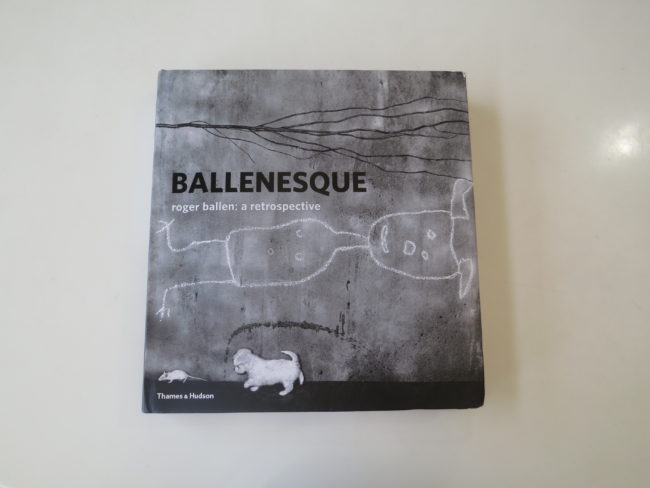
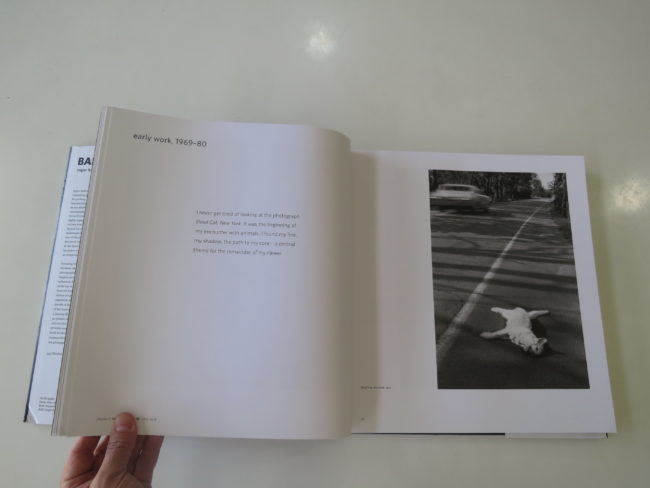
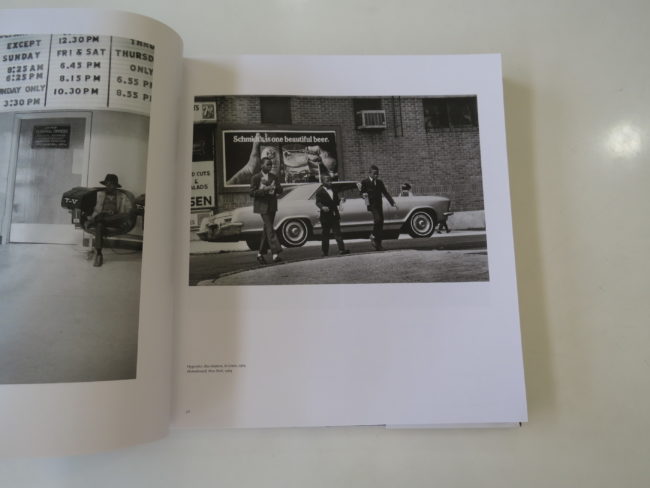


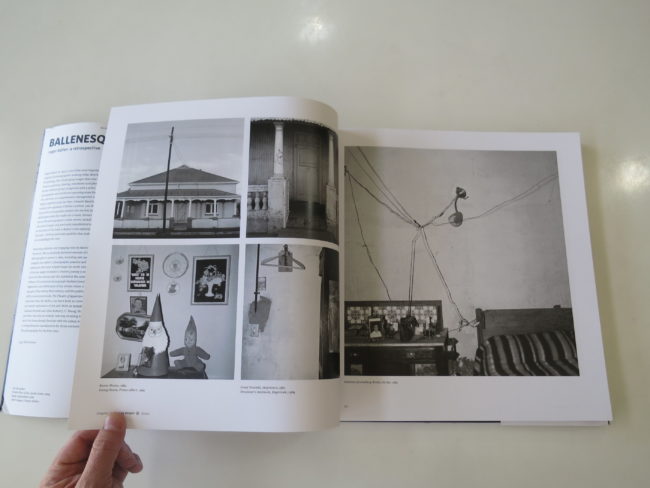


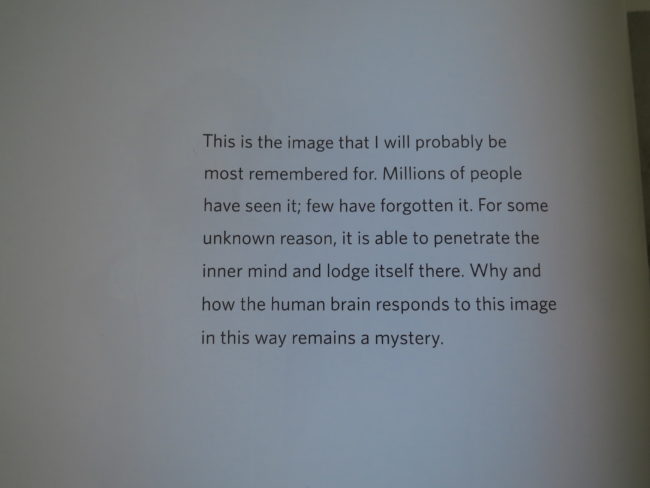
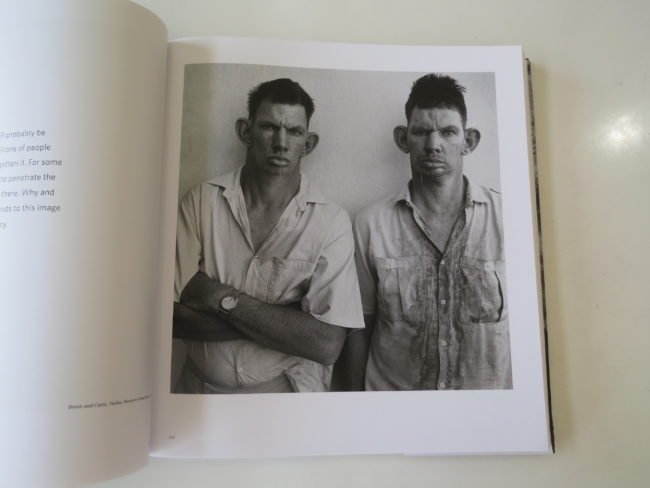

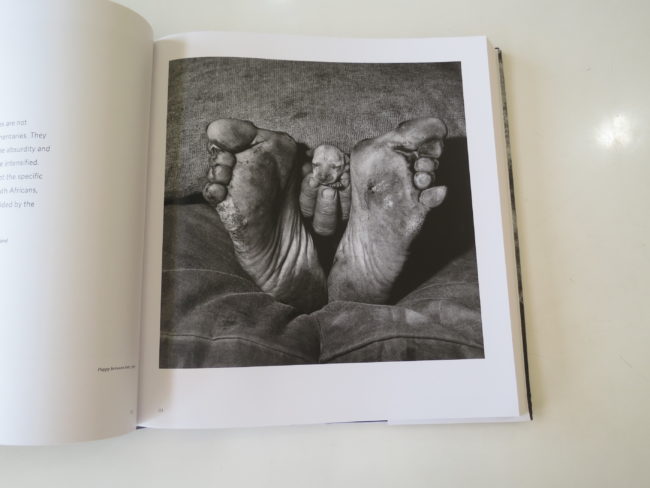


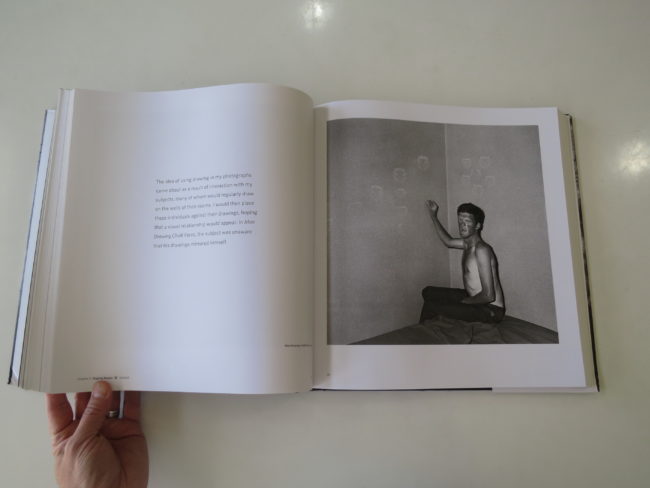

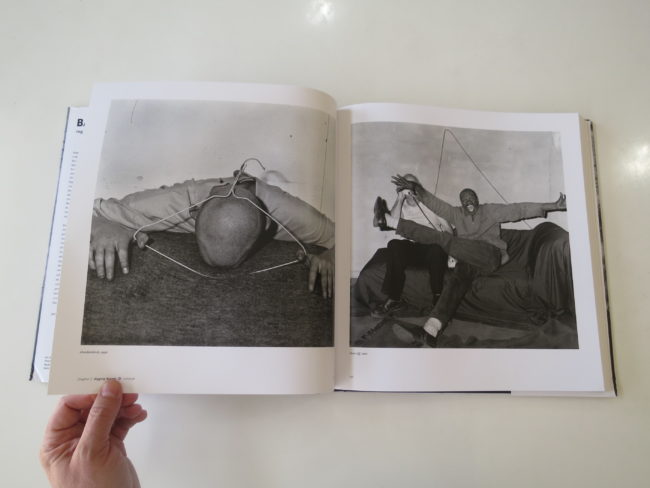


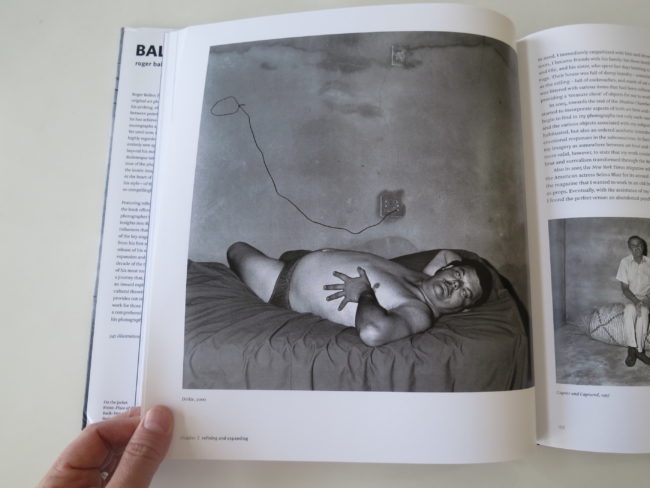




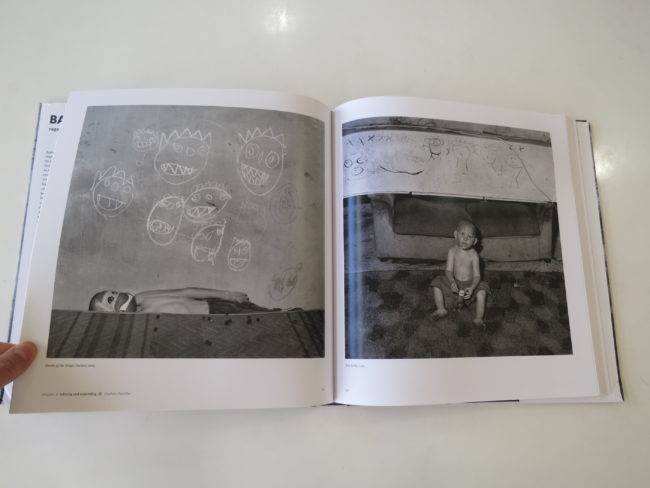



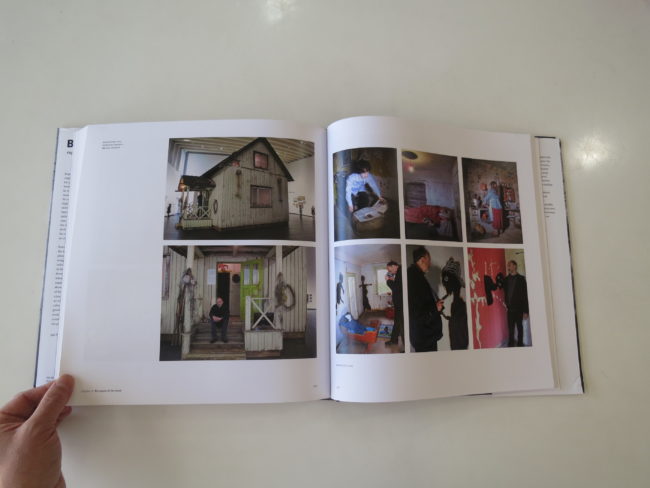

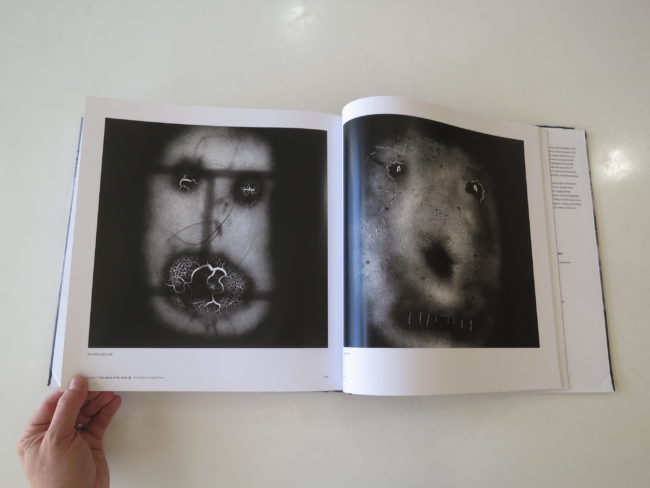
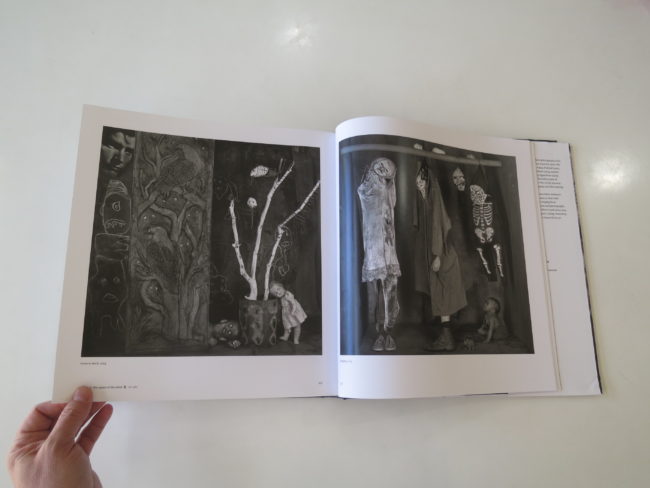

3 Comments
Was fun watching House of Cards over the years, making believe true evil occupied the White House. Since Trump became POTUS, I couldn’t bear a single episode…
As much as l like Ballen today, I really liked his previous “straight” stuff that suggested everything that we see now, just beneath the surface… Could never stomach Witkin, he just tried way too hard to freak us all out. Roger’s nightmares are more… playful? Nevertheless, It’s always harder to suggest all these things effectively, rather than to spell them all out.
[…] the LOL, I quickly sent them last week’s column. The one with an opening sentence that includes the word […]
[…] the LOL, I quickly sent them last week’s column. The one with an opening sentence that includes the word […]
Comments are closed for this article!